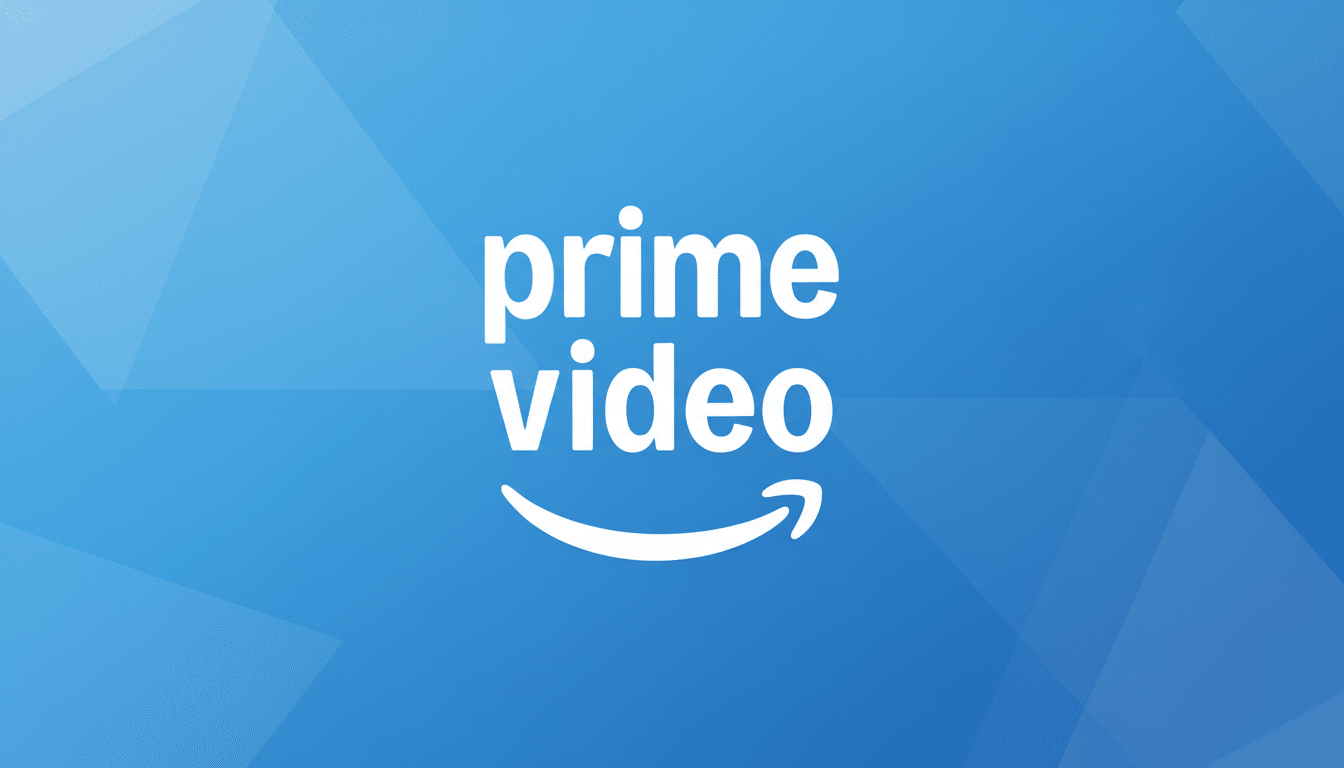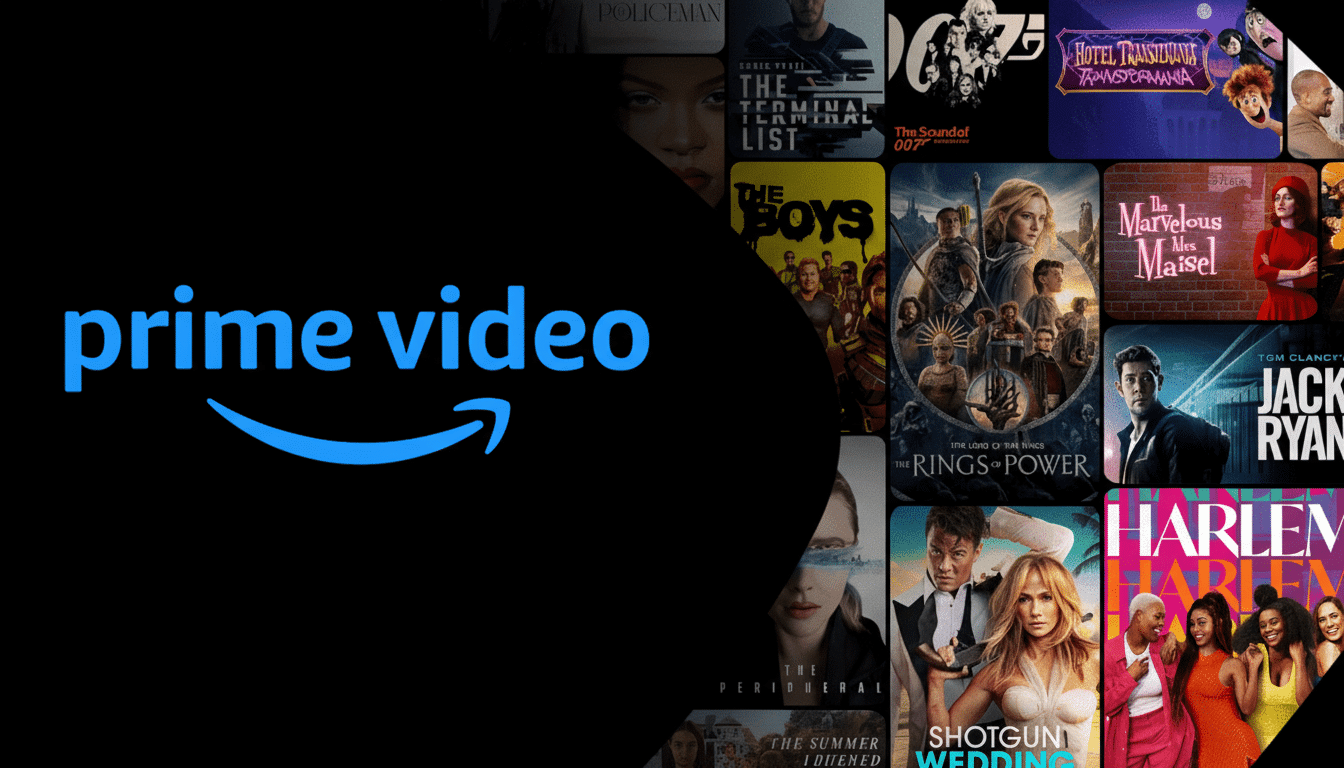Now, Prime Video is rolling out AI-generated video recaps, which weave together crucial plot points from past episodes into a brief, narrated highlight reel — with one eye on viewers who are returning to a show after an extended hiatus and can’t quite remember what went down. The feature offers a “theatrical-quality visual recap,” Amazon says, and is rolling out now for some series.
How the AI Recaps Work on Prime Video for Viewers
Recaps can be accessed from a new Recap button on the details page of any supported show. Viewers may opt for AI-produced video or a text summary; the text version, which has been available for some time, is now joined by the video experience.
- How the AI Recaps Work on Prime Video for Viewers
- Where You’ll See It First on Prime Video
- Why It Matters for Viewers of Prime Video Recaps
- The Competitive Context for Streaming AI Recaps
- Quality, Spoilers and Creative Questions
- Accessibility and Global Reach for AI Video Recaps
- What to Watch Next as AI Recaps Expand on Prime Video

Beneath the hood, Prime Video’s system detects important parts of plotlines, figures out the best clips, and overlays an AI voiceover. Where it serves storytelling purposes, the system even splices in snippets of dialogue, sound effects, and music to deliver a crisper, more cinematic recount than you’d get from a simple supercut of scenes.
Where You’ll See It First on Prime Video
The feature now supports a handful of select English-language Amazon Originals in the US, including Bosch, Fallout, The Rig, Tom Clancy’s Jack Ryan, and Upload. It’s also available at launch on living room devices (like smart TVs, streaming sticks, and game consoles), with more devices to come.
By restricting the rollout to Originals, Amazon retains control over rights and formats as it fine-tunes the AI system. The expansion to a larger number of titles, regions, and languages will be a critical test of how quickly the business can scale automated editing across more complex catalogues.
Why It Matters for Viewers of Prime Video Recaps
Nowadays, seasons of TV arrive years apart from each other, and fan-binge habits mean story details blur fast. Industry research from Nielsen’s The State of Play shows that “content overload” is on the rise, with viewers taking more than 10 minutes per session to figure out what to watch. US homes have between 4 and 5 streaming subscriptions on average, according to Deloitte’s Digital Media Trends report, which means even more context switching.
AI recaps are designed to:
- Be easy on the mind
- Reduce the friction of rejoining a narrative midway through
The Competitive Context for Streaming AI Recaps
Amazon isn’t alone. Most notably: Samsung recently introduced Copilot on its TVs, which will provide spoiler-free recaps and Q&A for shows. Spotify has tested AI-generated summarizations for audiobooks. Throughout entertainment, media outlet organizations are rushing to turn AI from something used in the back-of-house into a user-facing tool that reduces the distance to engagement.

Prime Video is already one of the biggest public users of machine learning, for its recommendations and X-Ray cast-and-trivia feature. AI-generated recaps merely deepen that support layer into narrative context, reaching viewers right when attention might have lapsed.
Quality, Spoilers and Creative Questions
The reward is ease; the danger is coherence. It’s difficult to summarize a season without making character arcs seem flat, and AI narration has to get the tone right—particularly in series with strong voices. Amazon’s “theatrical-quality” boast will incite questions about pacing, which clips are used, and whether the recap maintains surprise while not feeling vague at all.
There are also industry sensitivities. Guilds have begun to issue guidelines around AI narration and likeness, while studios are working through how to credit and compensate when AI tools assume an editorial-like role. Amazon’s exclusive tie to its Originals makes it easier to manage the rights around music cues, clips, and voiceover, but any future expansion to working with licensed titles will add new questions.
Accessibility and Global Reach for AI Video Recaps
Done well, AI recaps can potentially be an accessibility lift. Clear storytelling combined with the aid of subtitles can be beneficial to those who are deaf and hard of hearing or have cognitive disabilities, while concise visual recaps can help individuals who process information better when presented in a structured format. The next step is multiple languages, regional metadata, and audio description so people can access this worldwide in an equitable way.
What to Watch Next as AI Recaps Expand on Prime Video
Key milestones to watch for are how fast Amazon expands this feature to mobile and the web, whether users can modify spoiler sensitivity or recap length, and if AI recaps land on a broader range of Originals as well as licensed shows that need binge enticement. Usage will be the tell: Measurement firms like Antenna have documented rising churn as viewers hopscotch between services; if recaps raise completion rates and cut drop-off between seasons, expect rivals to push similar tools further faster.
For the time being, Prime Video’s gamble is this simple: If getting over the memory of the plot is where you get stuck pressing play, a very smart recap that also sounds and looks good might be enough to give streaming what it needs to keep viewers watching the shows they already know they love.

